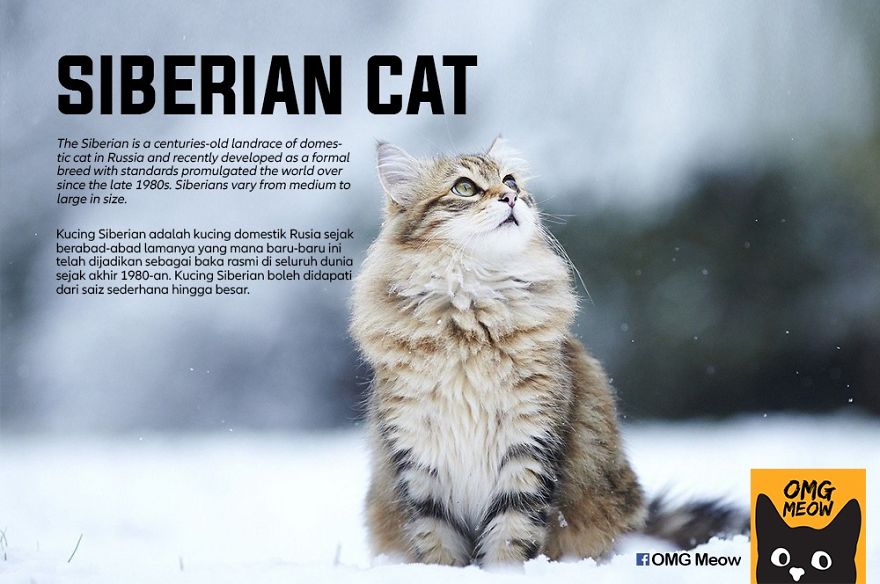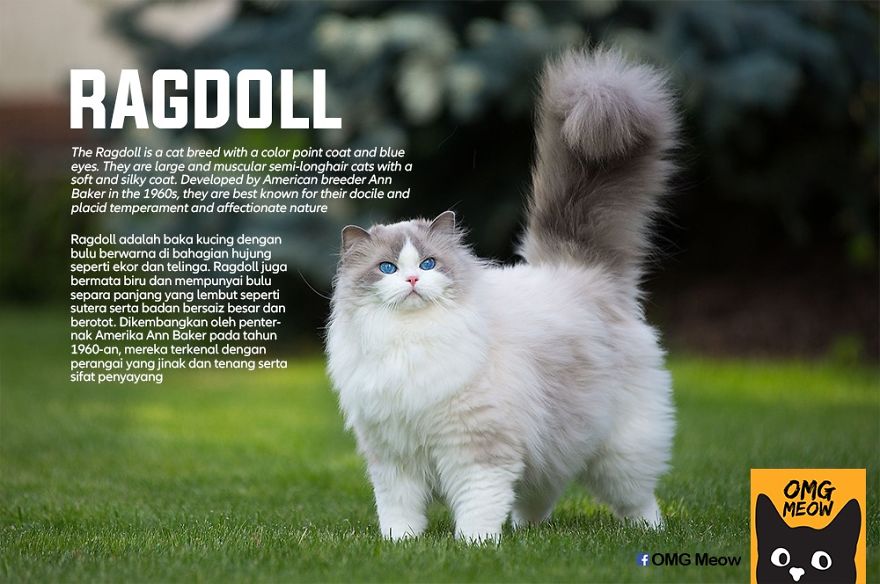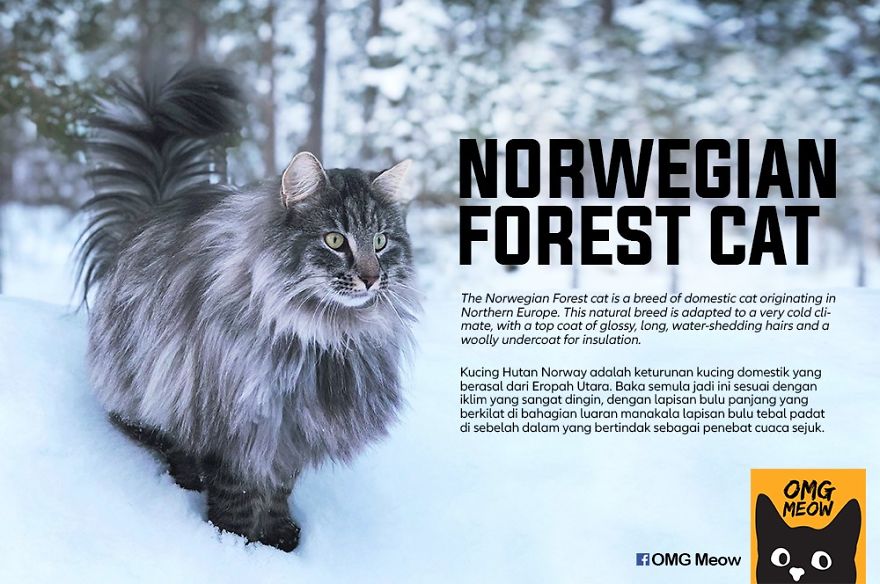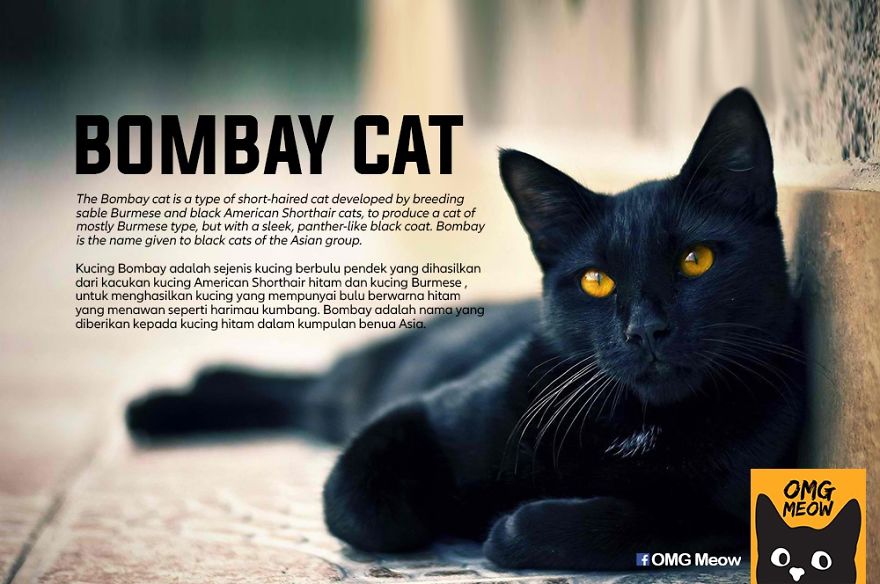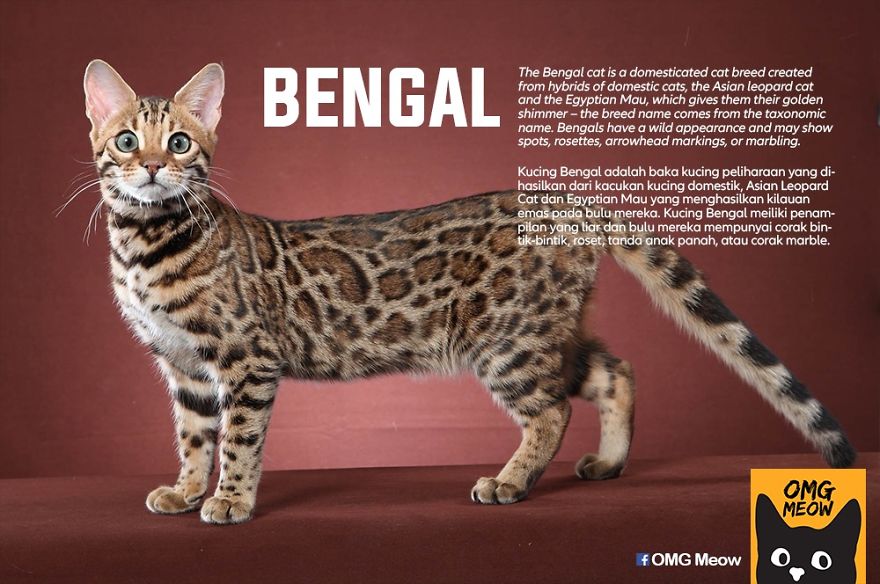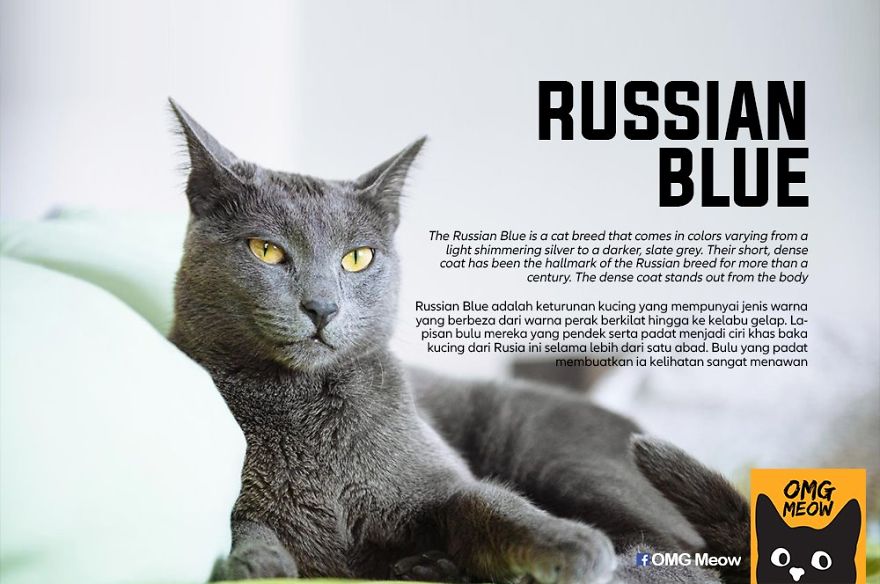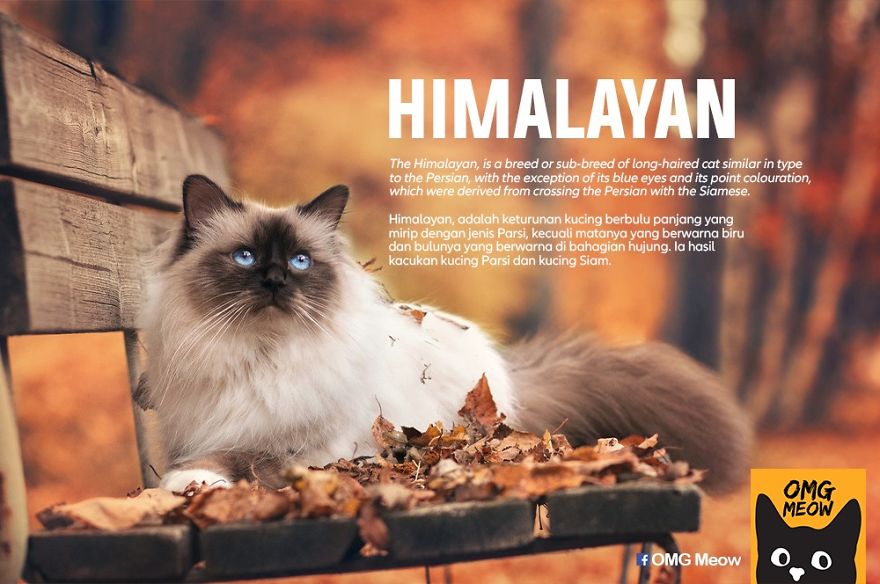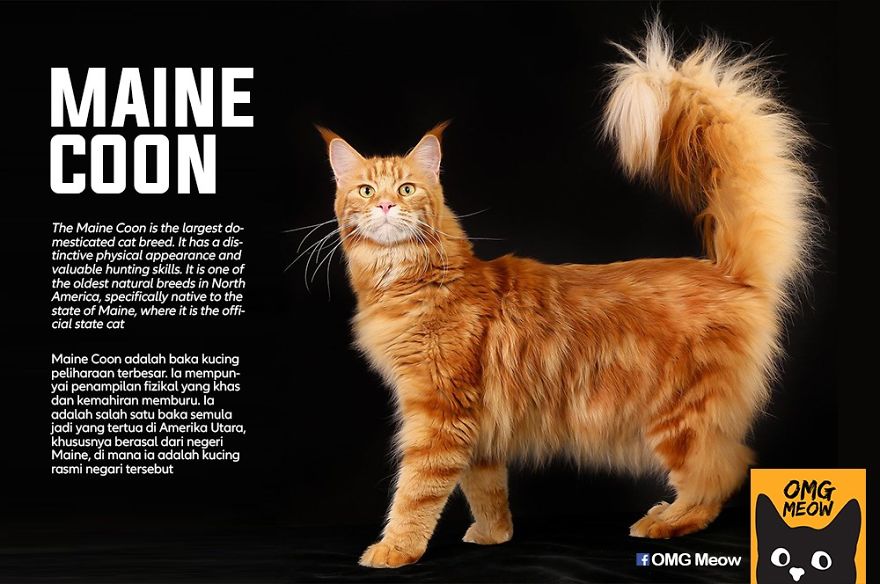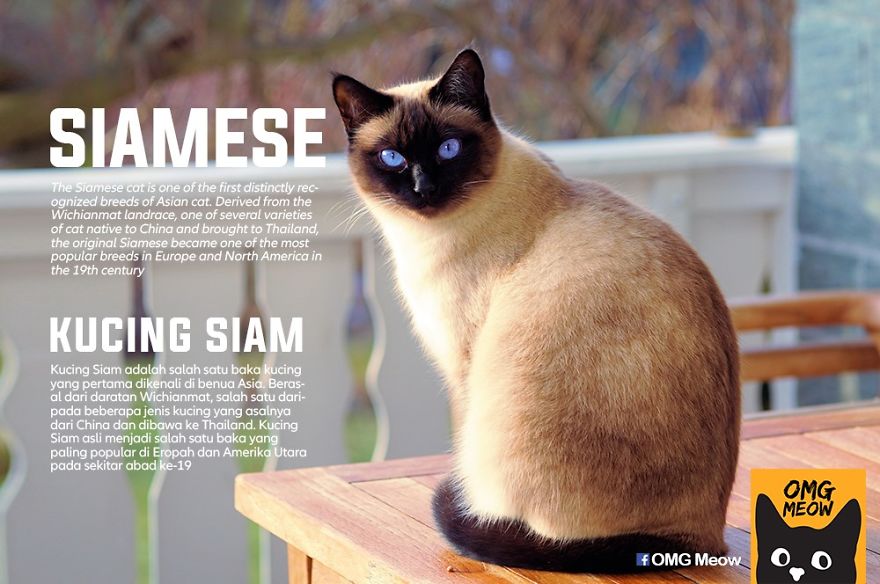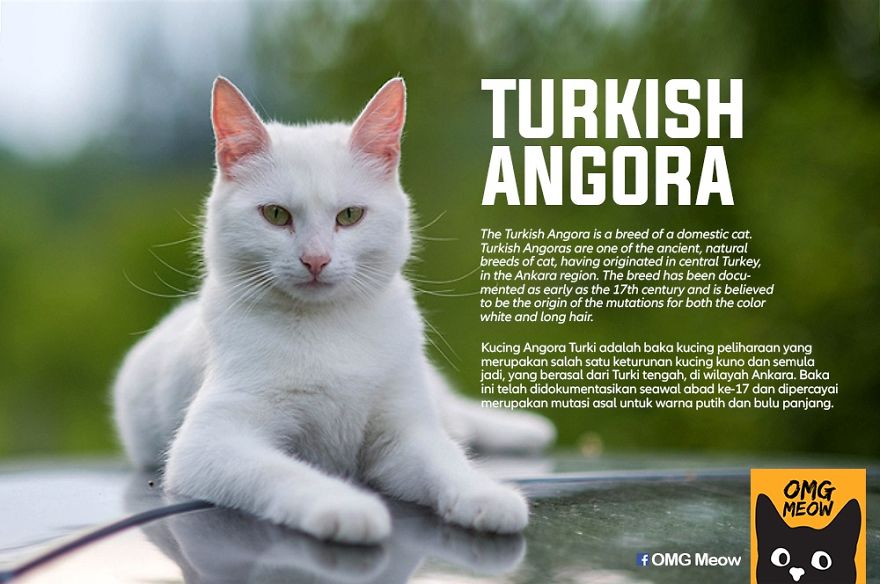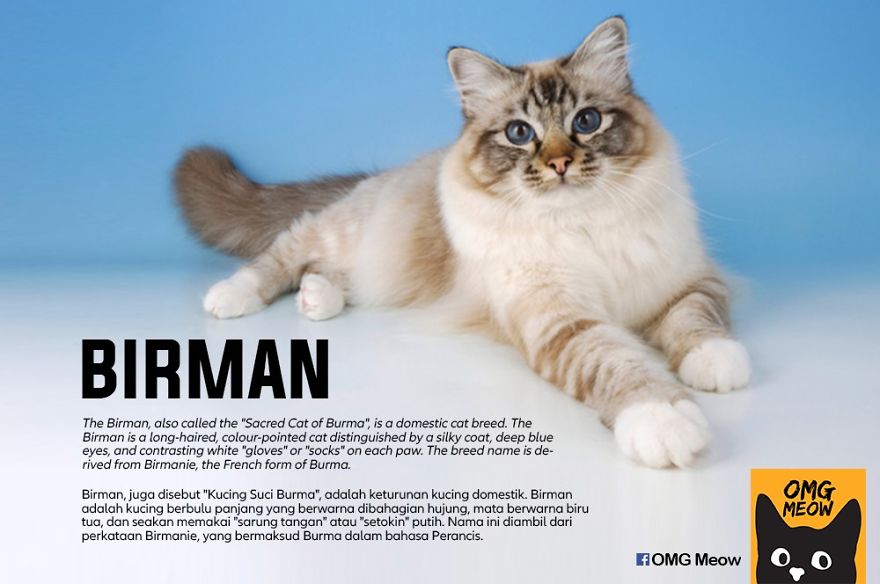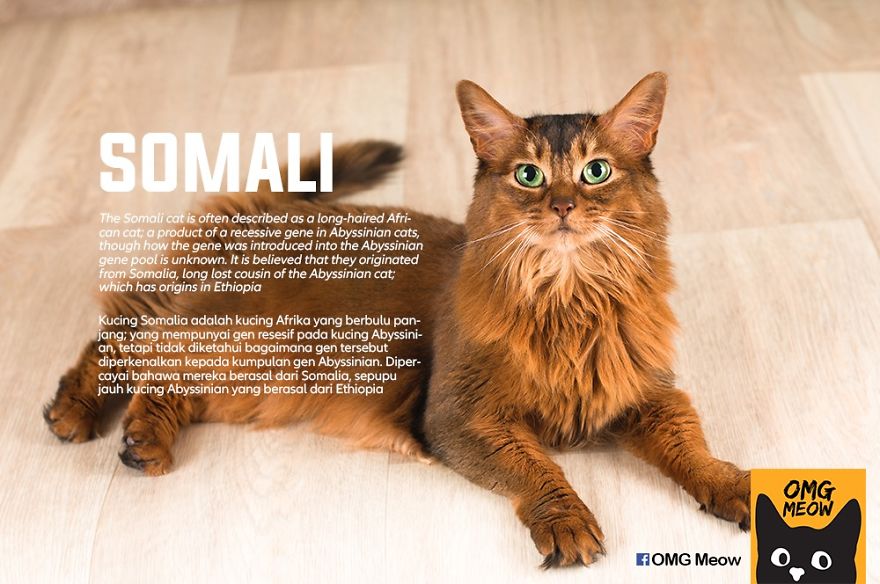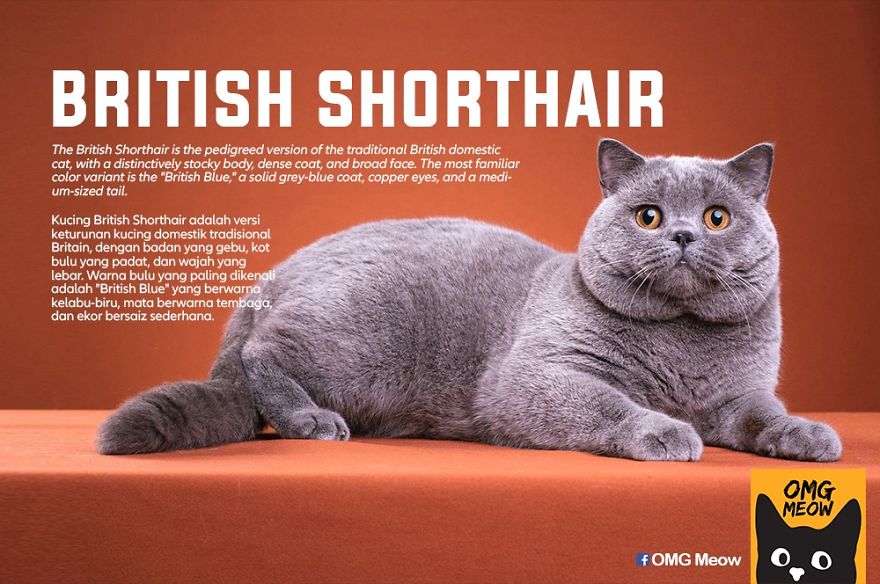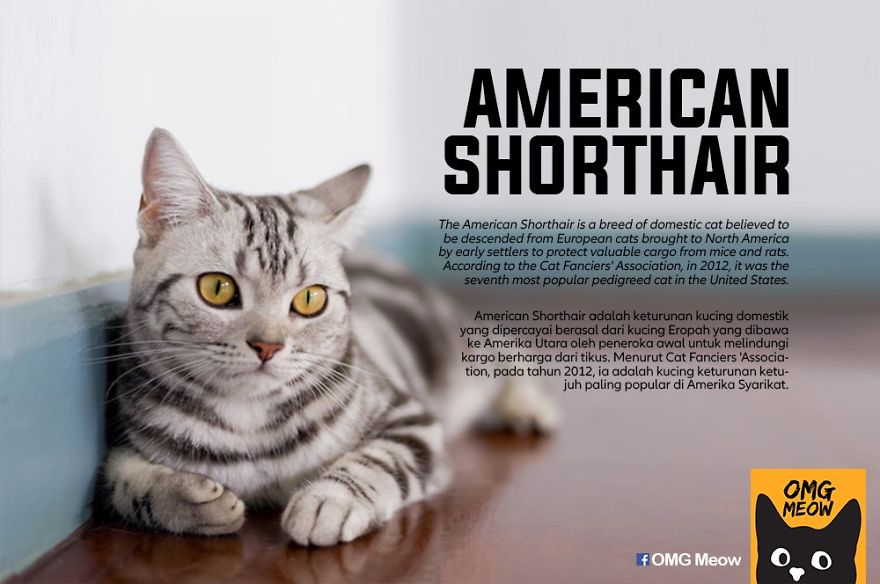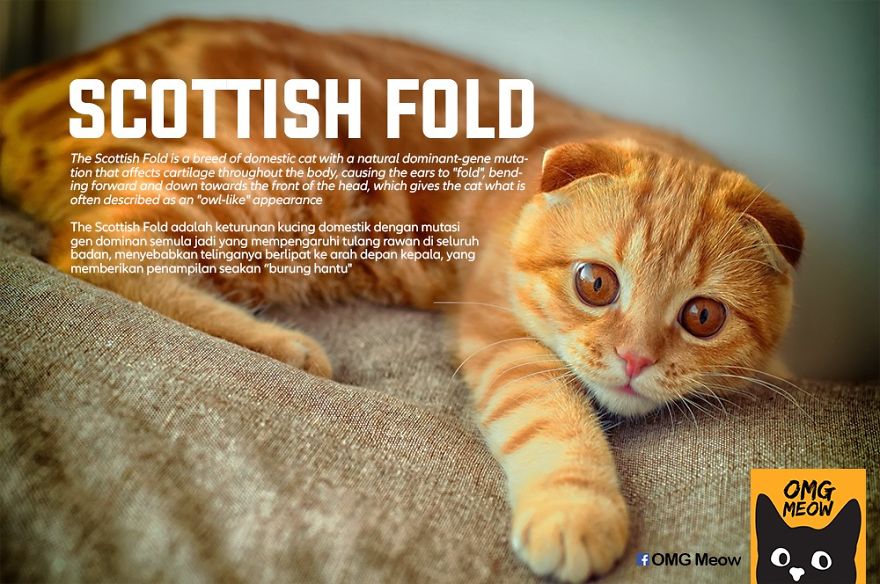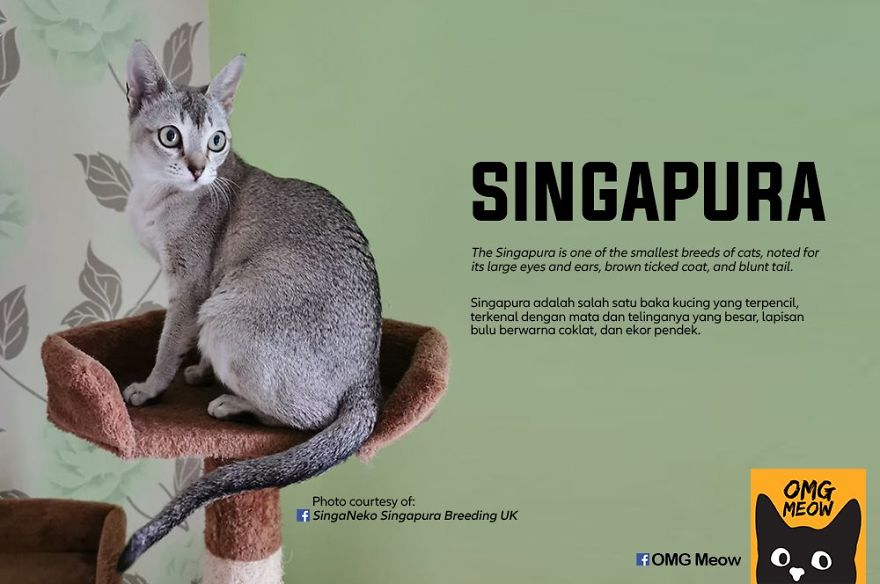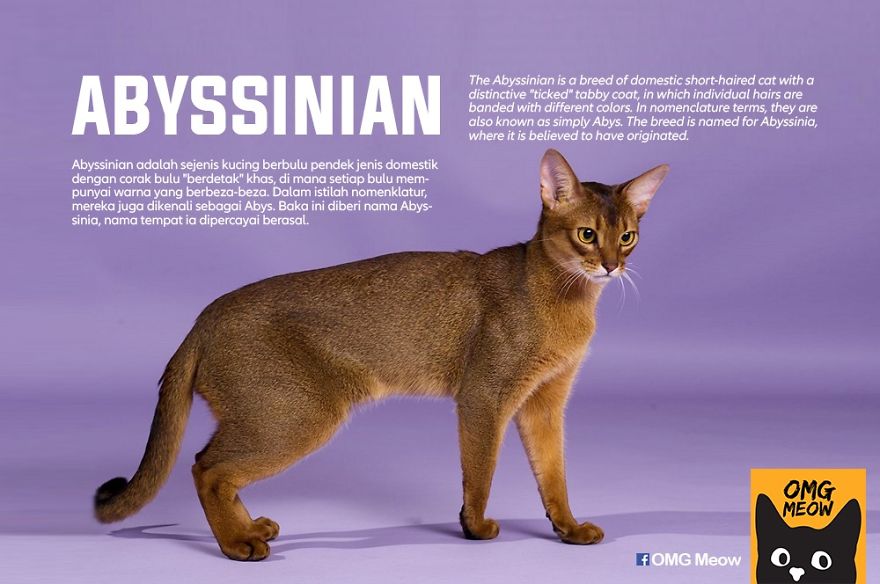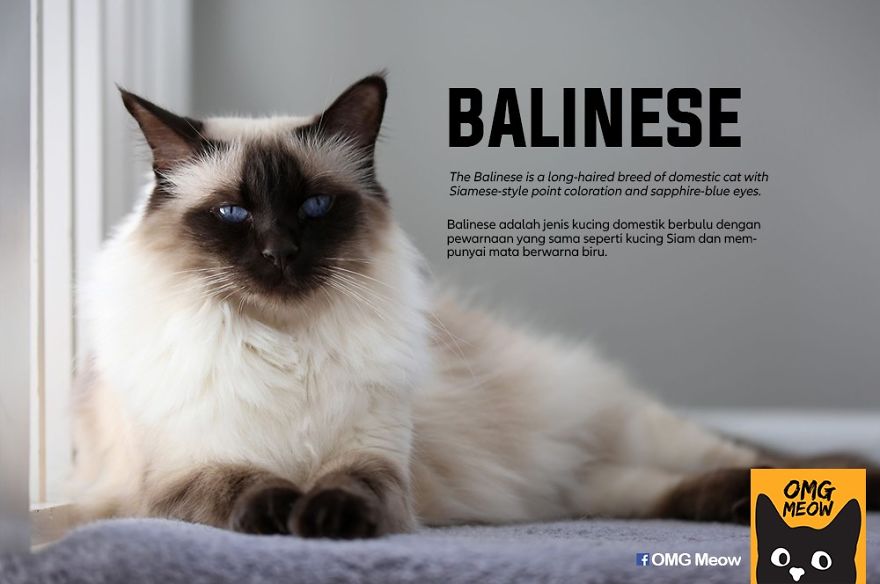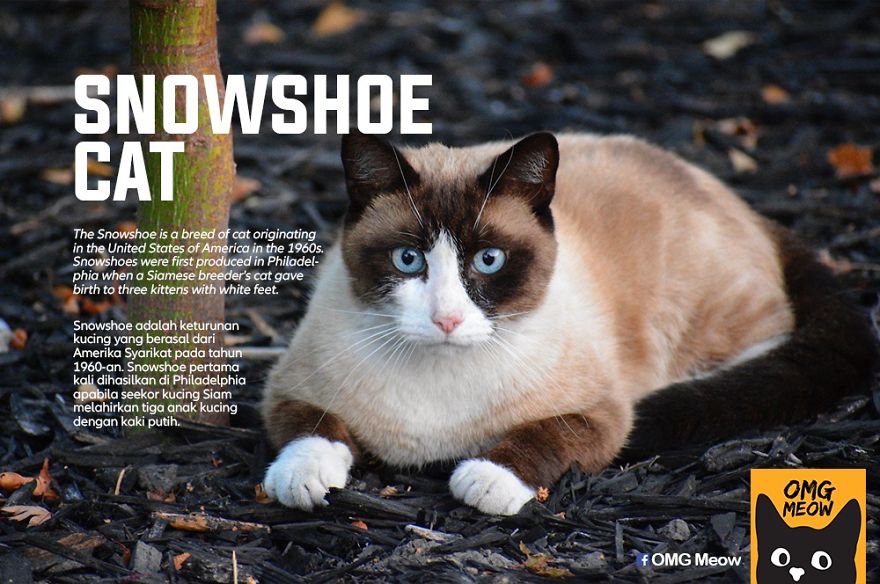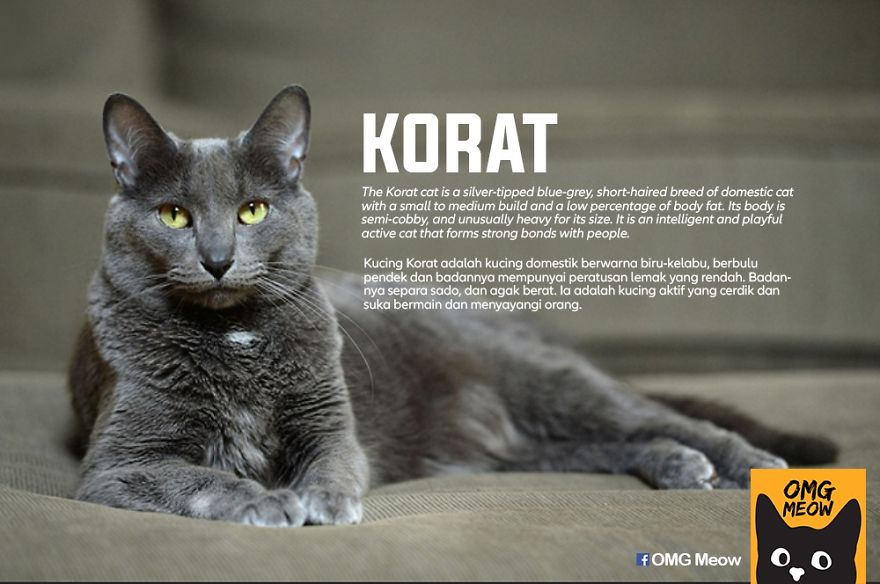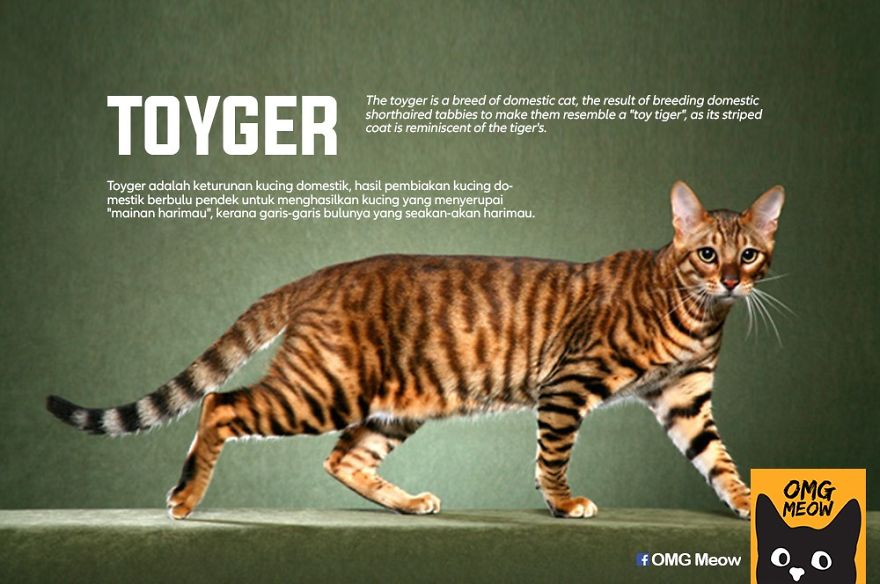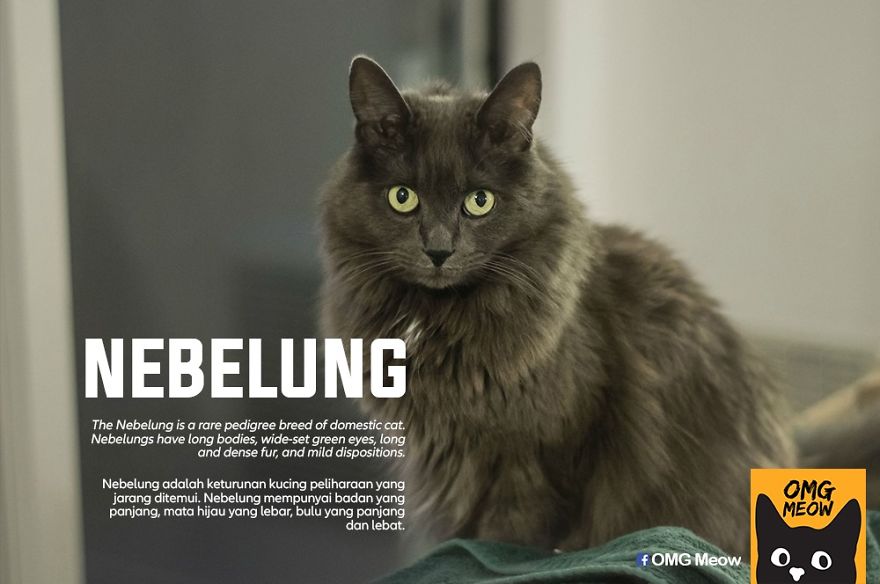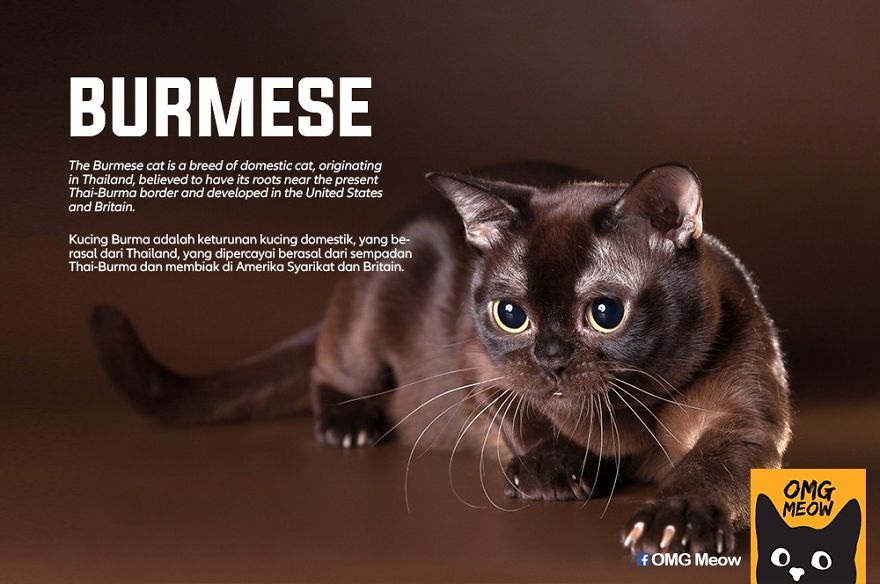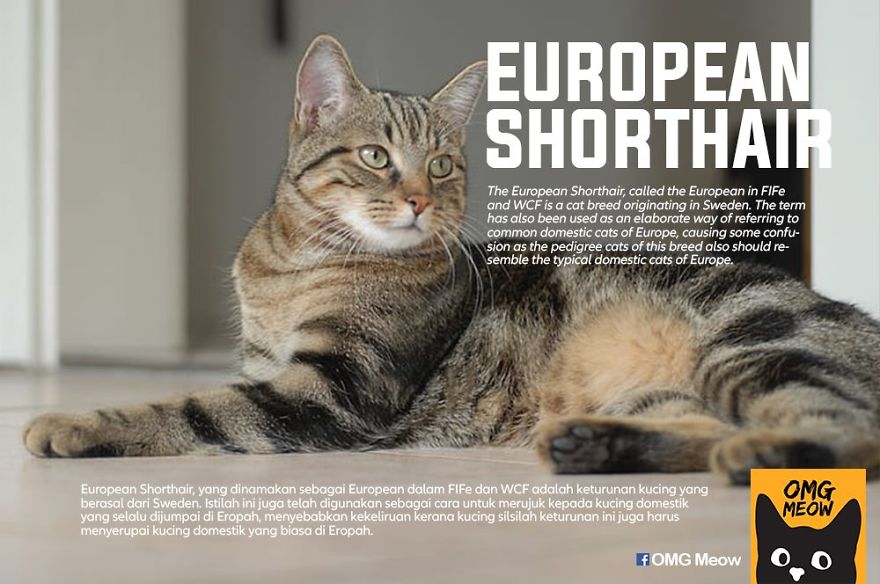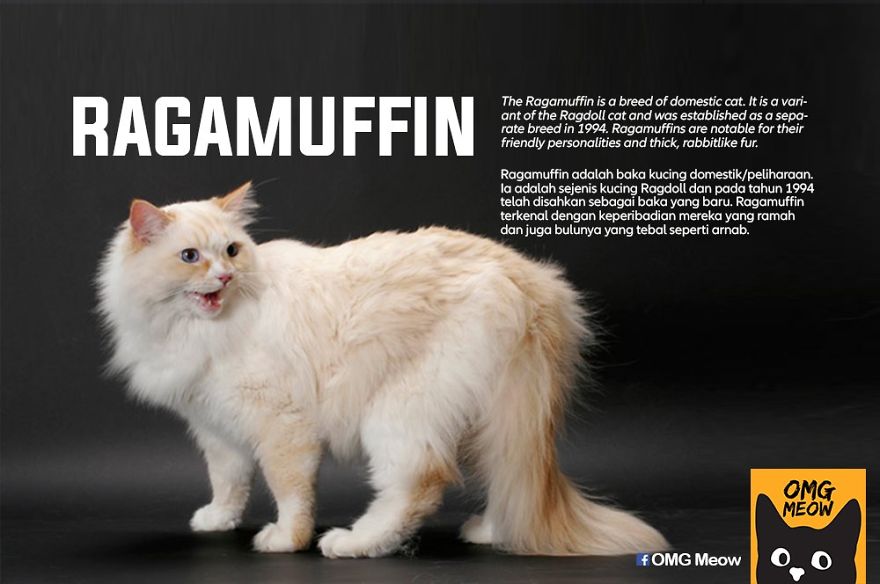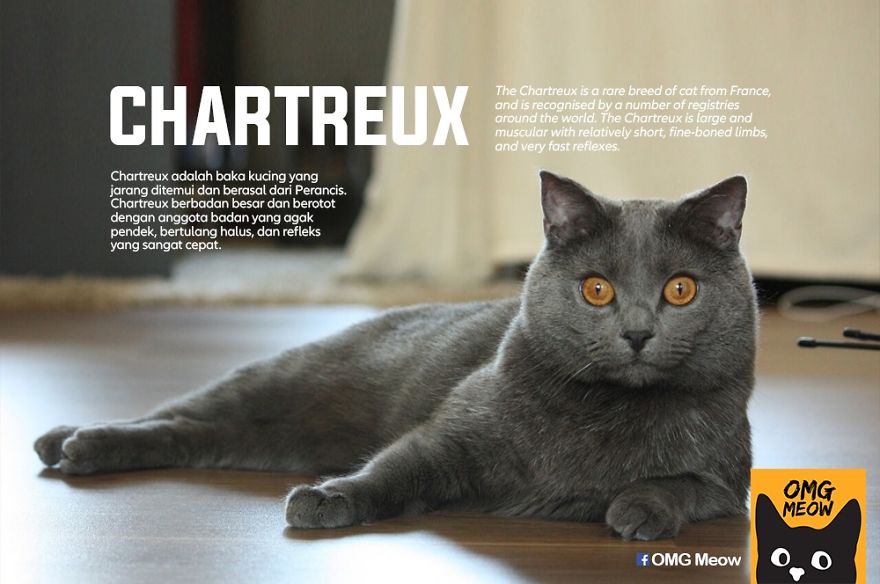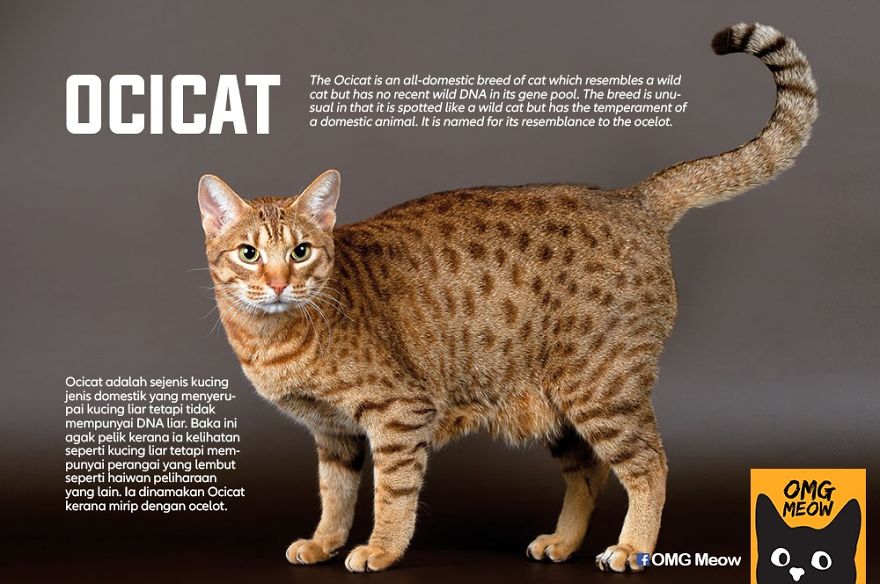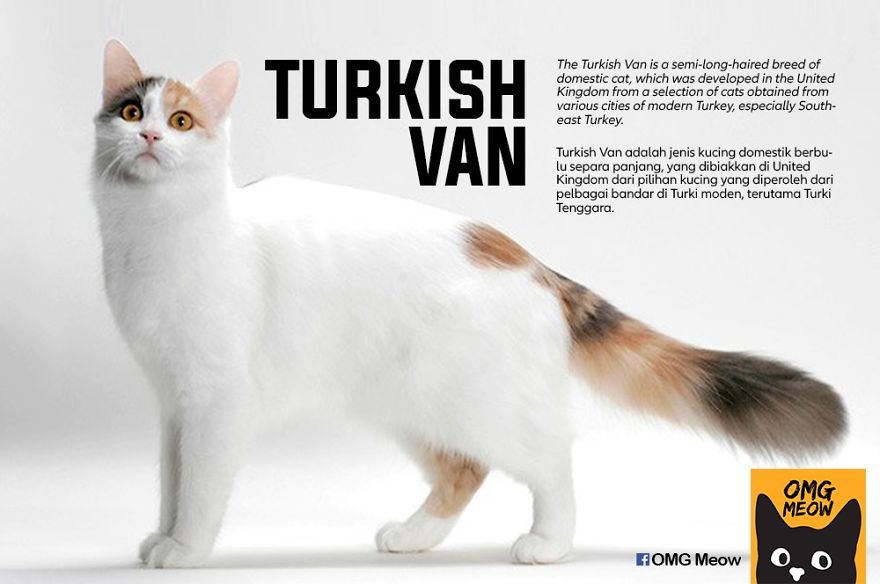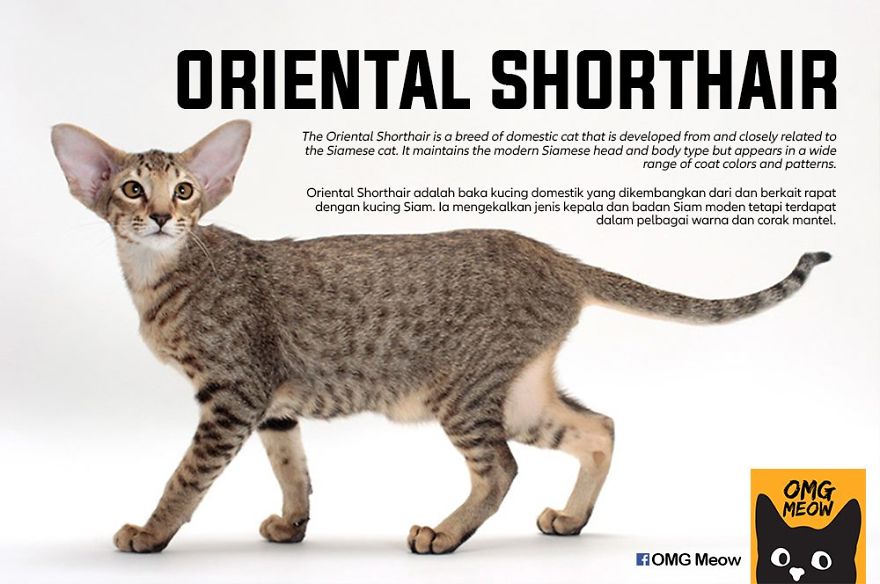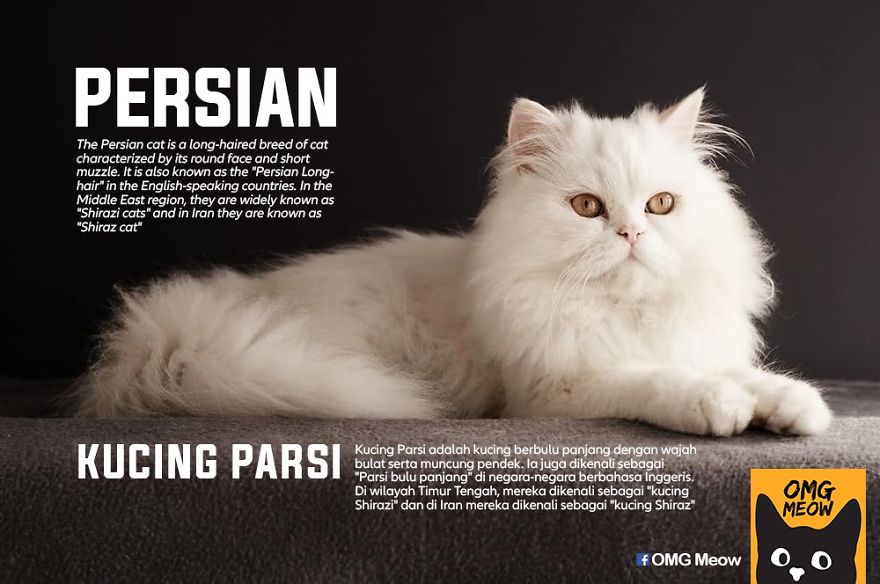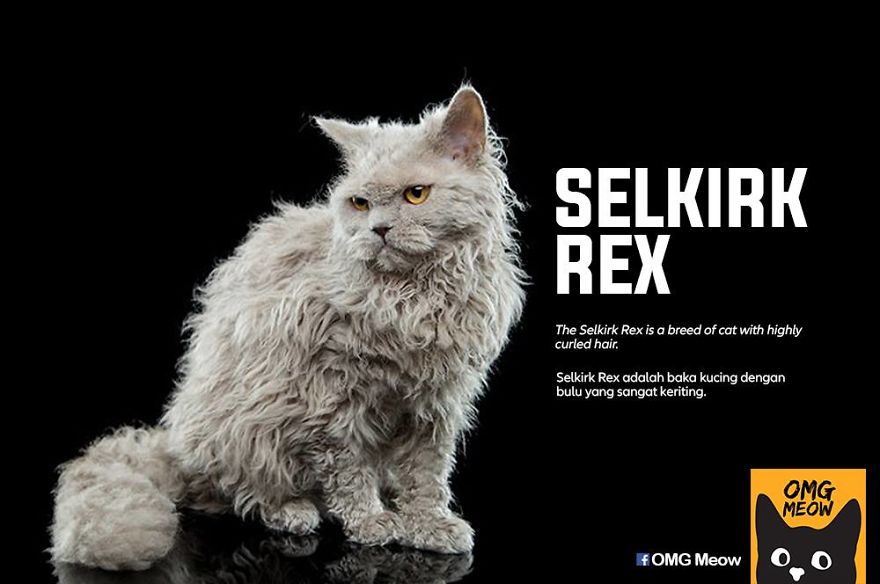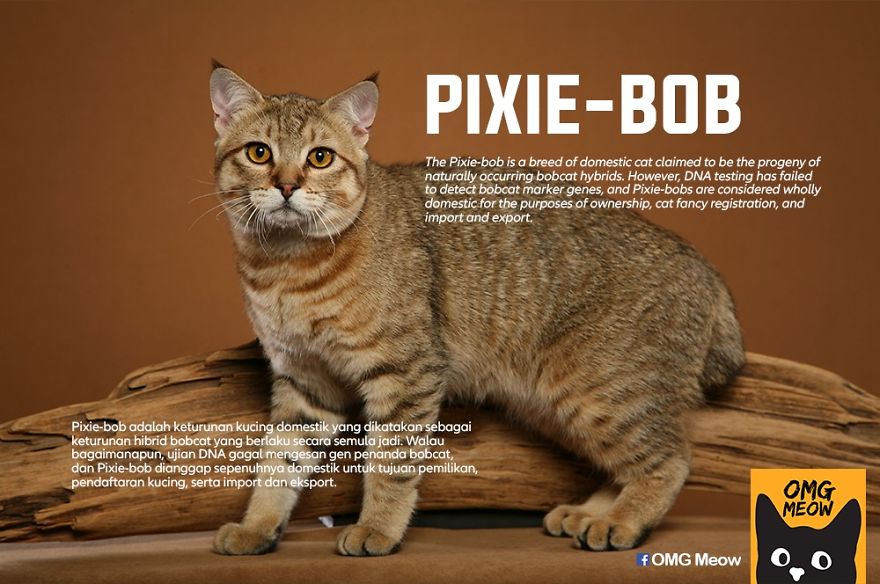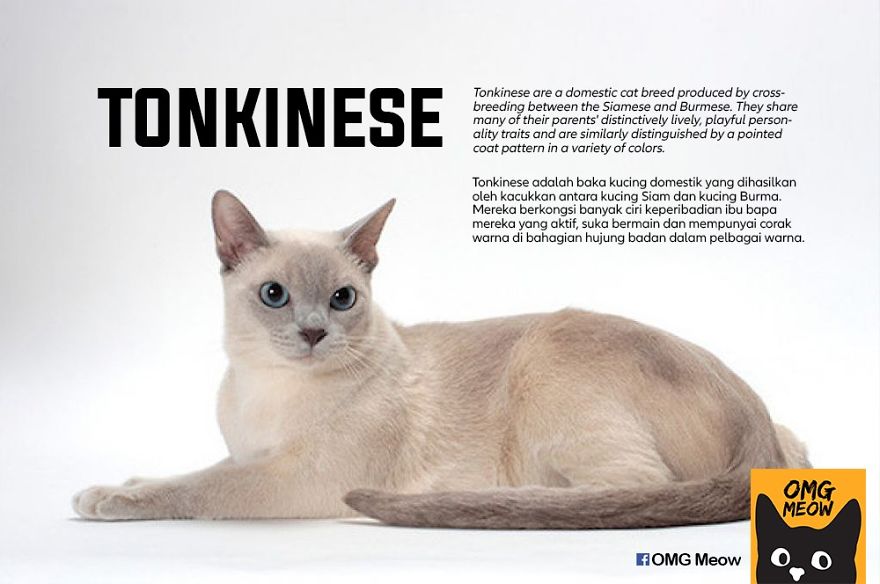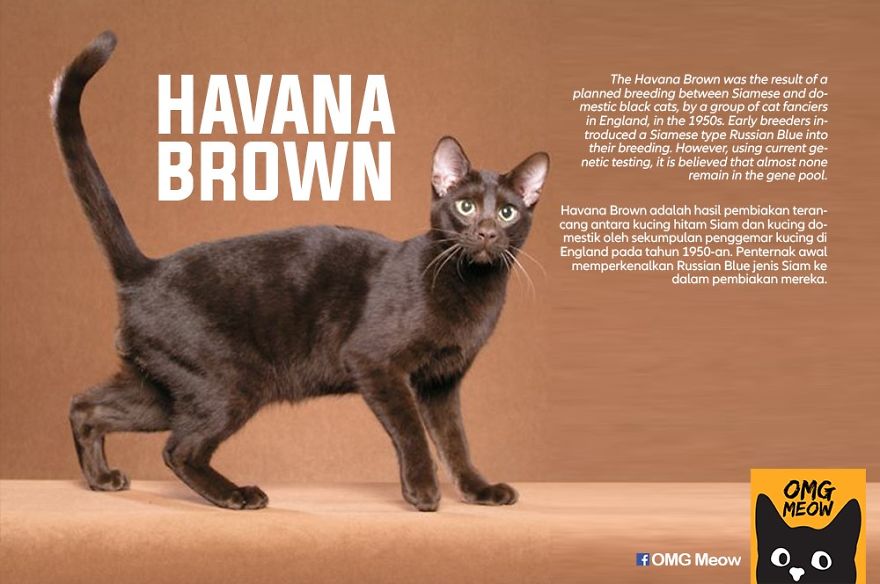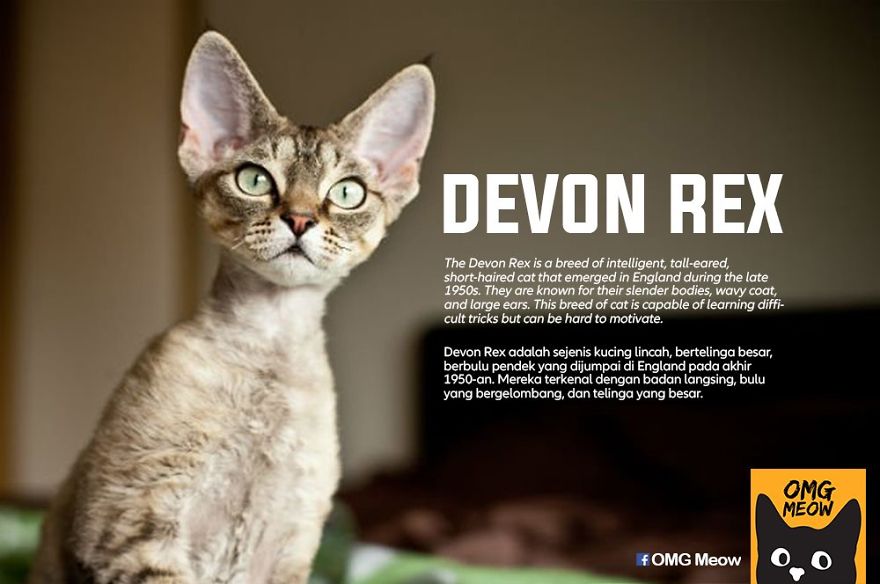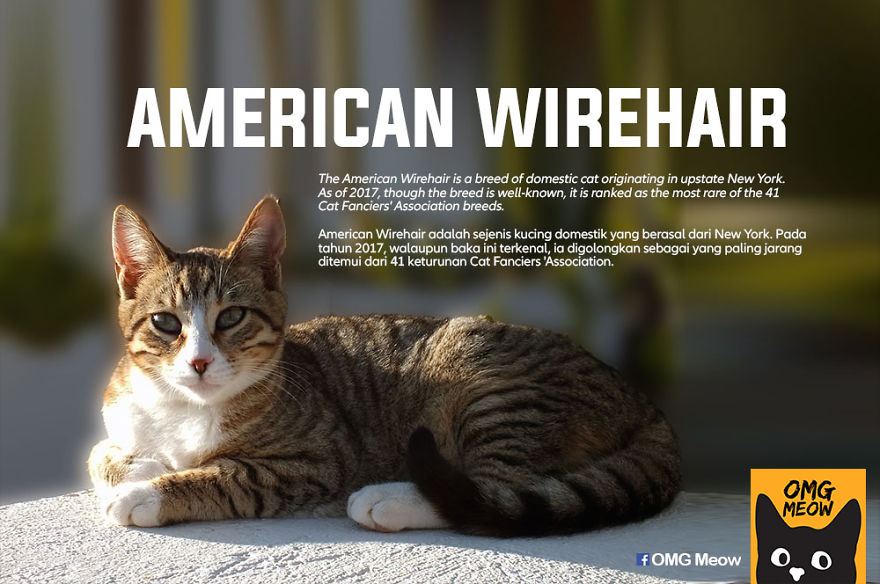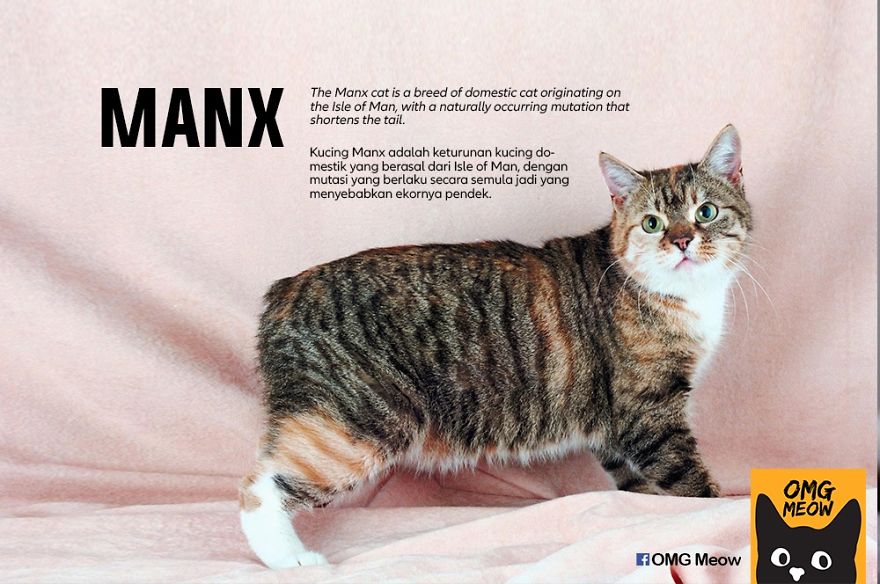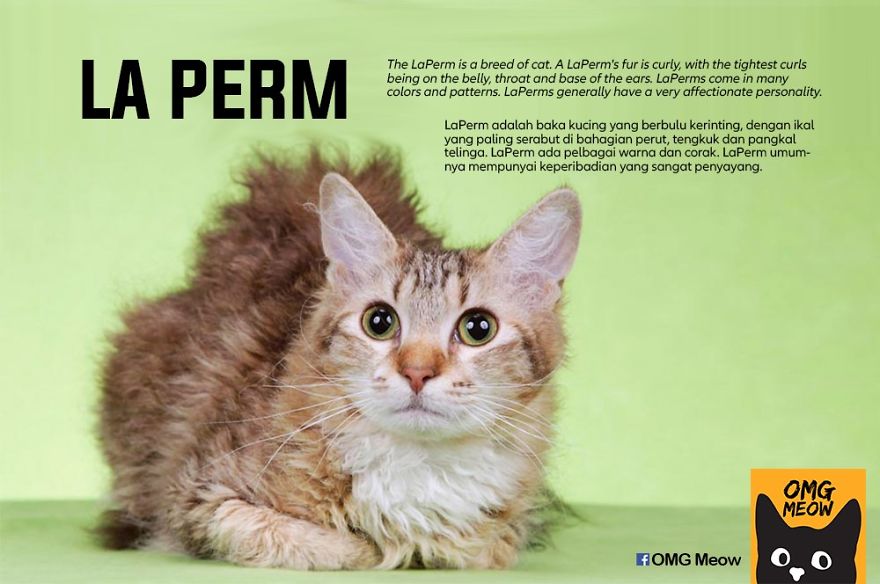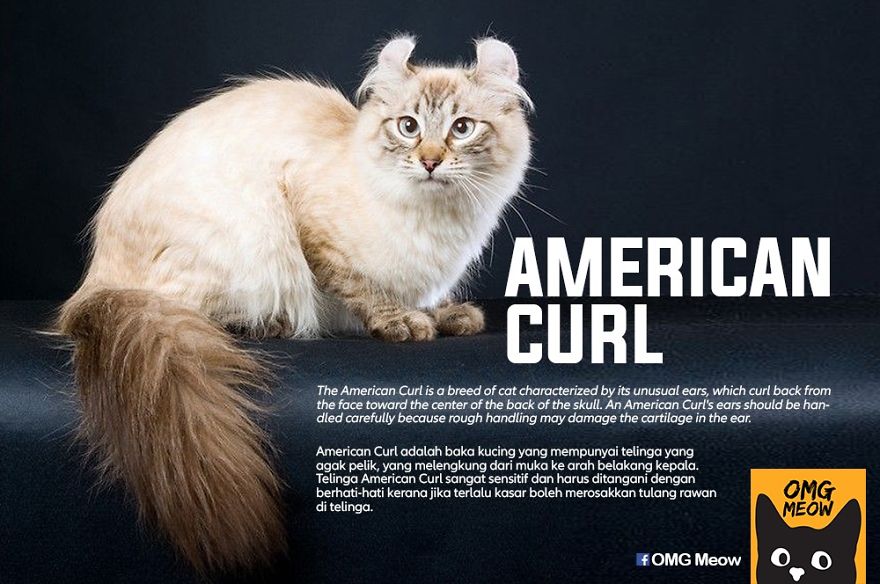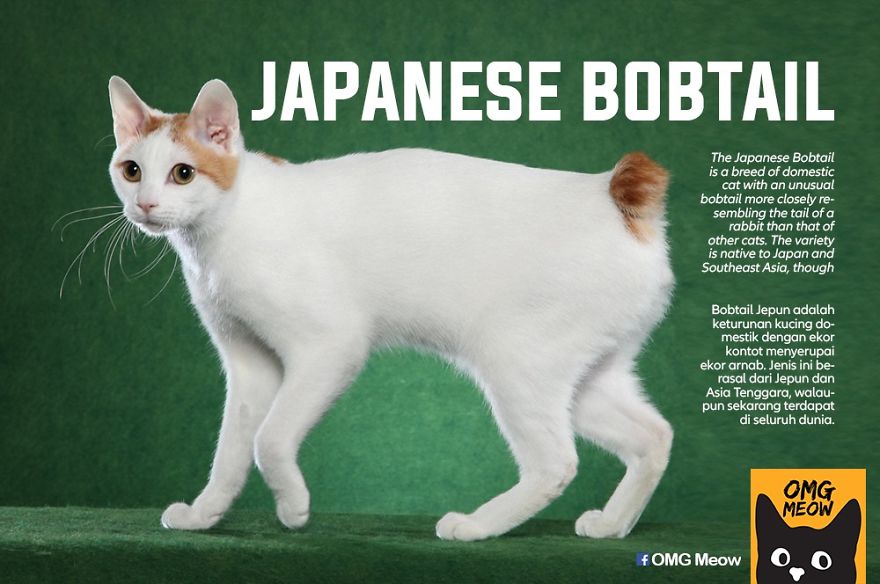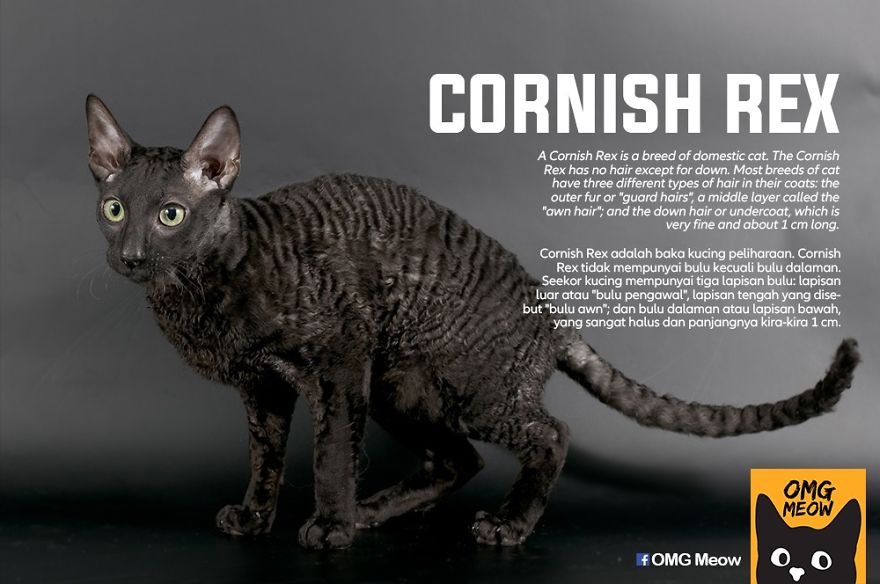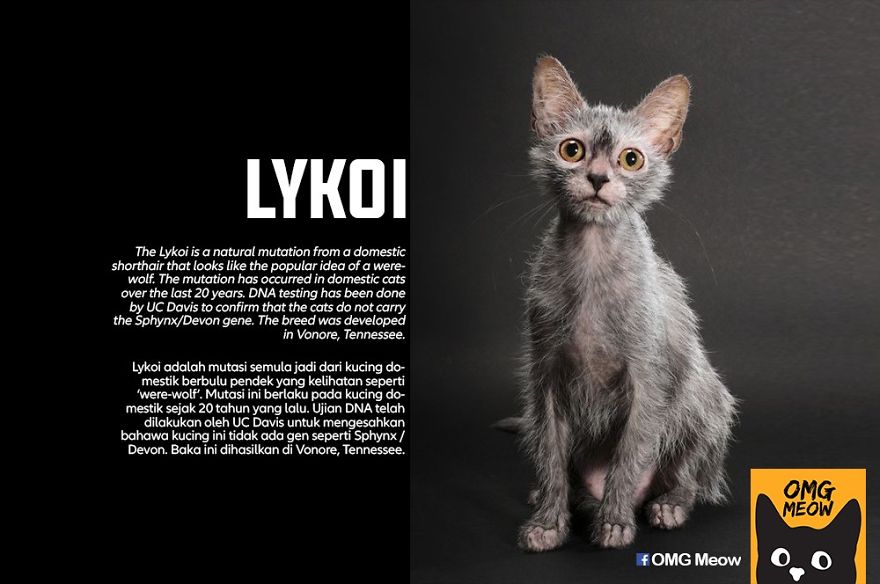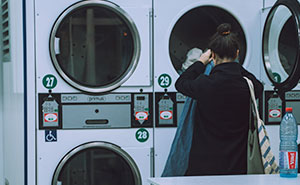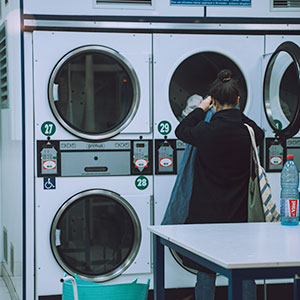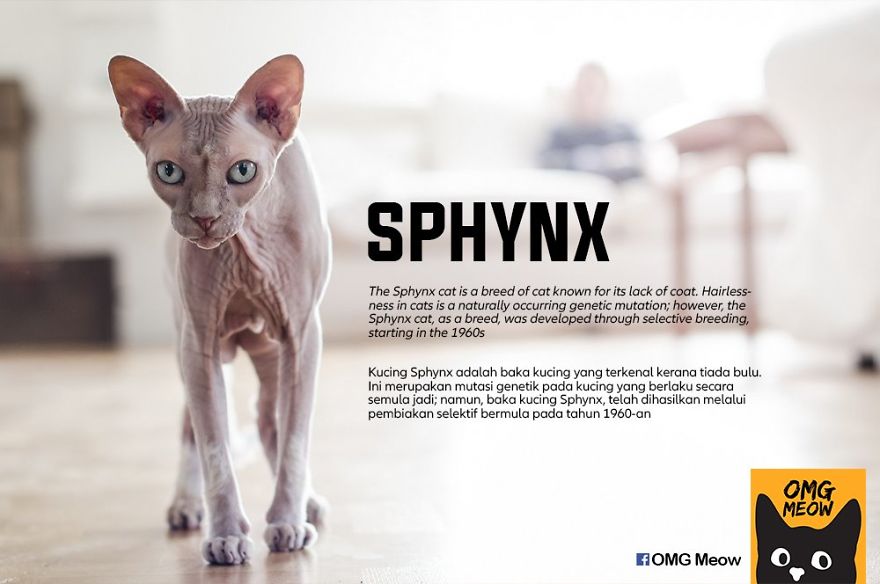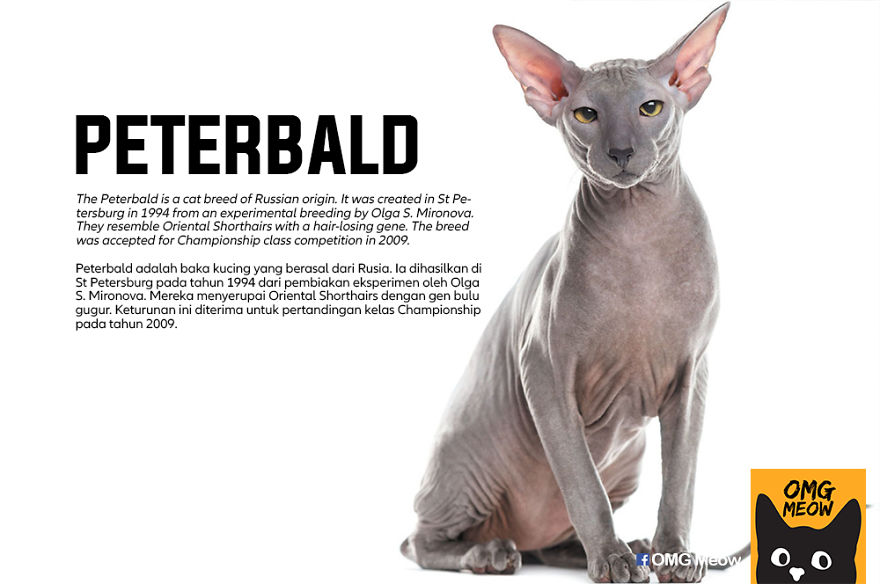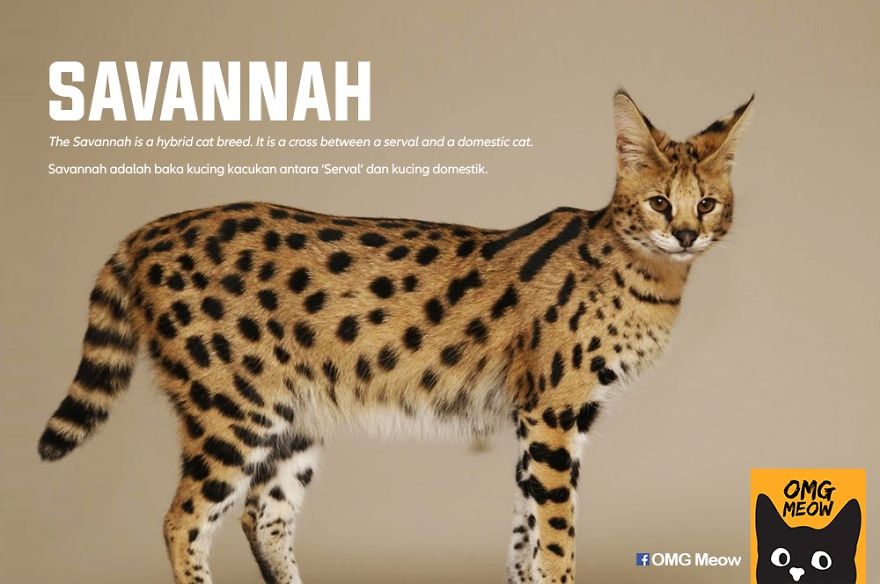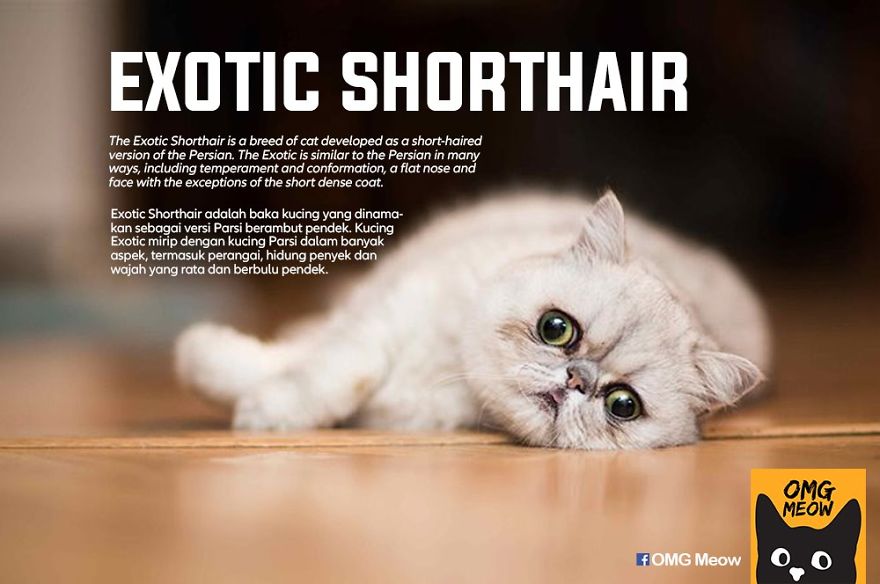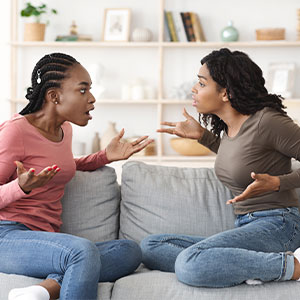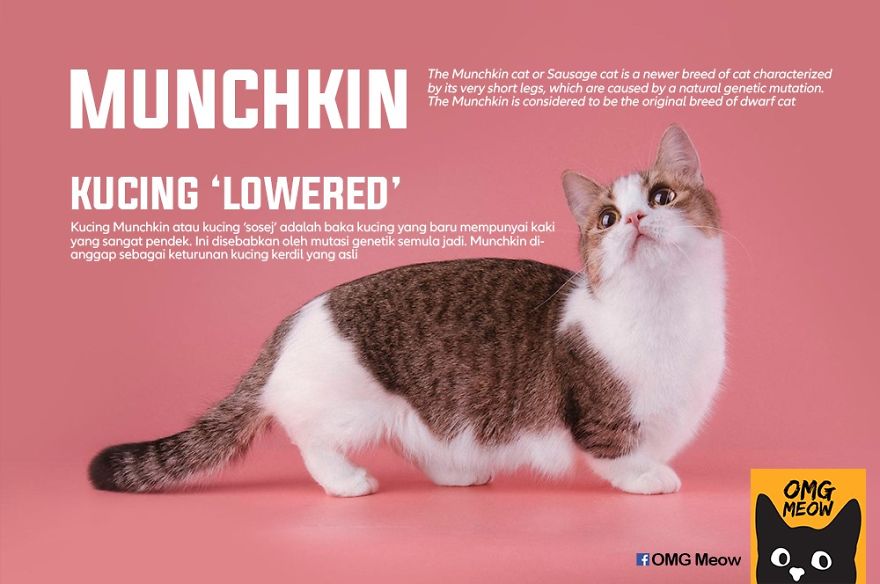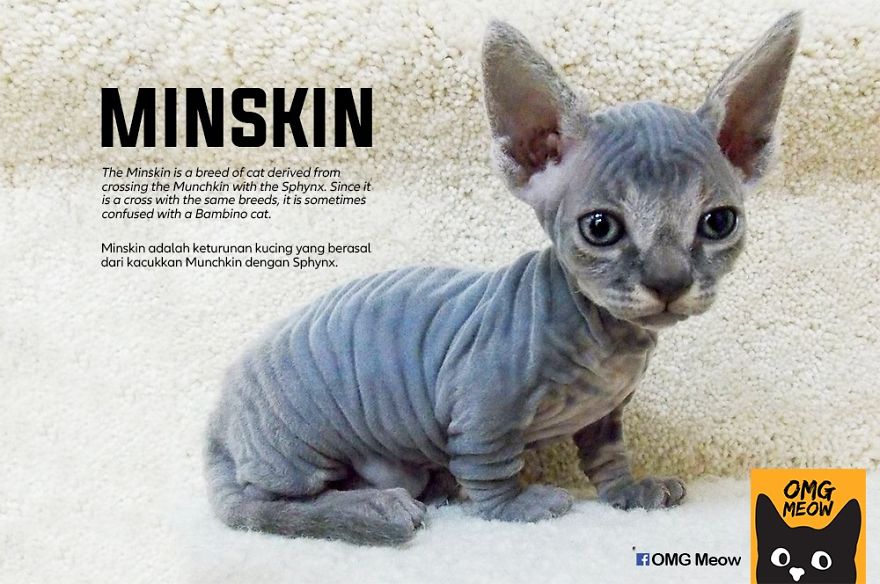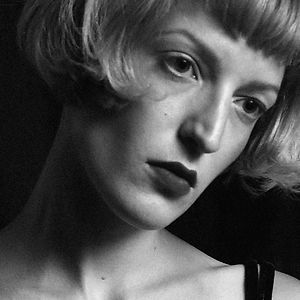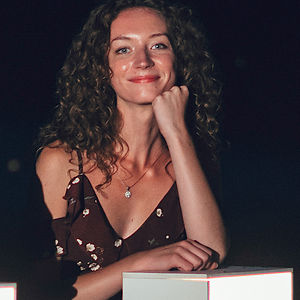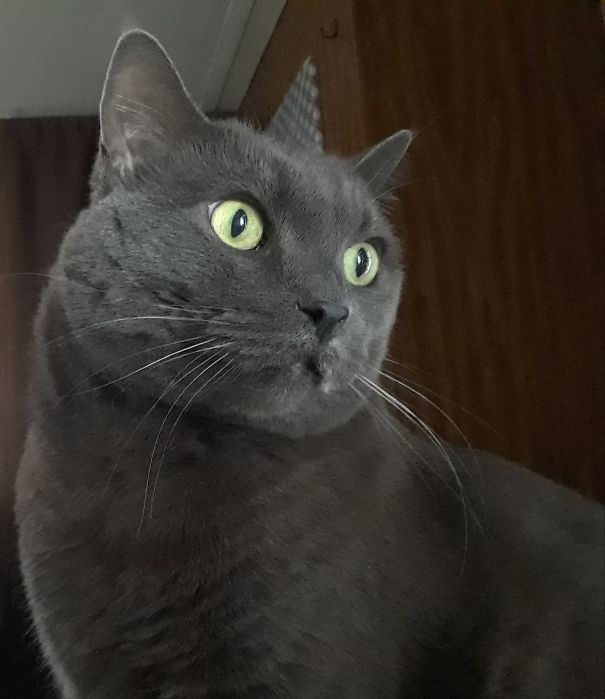A dog may be a human's best friend, but cats aren't far from it either. Worshiped since the times of ancient Egypt, these lovely furry creatures sure know ways to people's hearts. Therefore, it will probably come as no surprise that even long before the era of the internet and YouTube, cat videos were already popular. Back in 1894, inventor Thomas Edison filmed two kittens "boxing" inside a ring, and this just proves the fact that humans have long been obsessed with cute cat content way before it was cool.
However, one thing that separates dogs from cats is how they became domesticated. One recent survey of cat genes suggests that the felines might have actually domesticated us, and not the other way around. According to scientists, the earlier ancestors of domestic cats spread from southwest Asia into Europe sometime around 4400 B.C. Cats started hanging around farming communities in the Fertile Crescent about 8,000 years ago, where they formed a mutually beneficial relationship with humans.
Surprisingly, the same study reveals that wild and domestic cats showed almost no major differences in their genetics, with one of the traits telling them apart being their tabby coat markings. It is speculated that the marking began appearing in domesticated cats in the Middle Ages, and the gene for this type of coat goes back to the Ottoman Empire. It was only in the 18th century that the tabby coat markings became widespread to be fully associated with domestic cats. However, creating new cat breeds came even later—in the 19th century.
“I think that there was no need to subject cats to such a selection process since it was not necessary to change them,” Eva-Maria Geigl, an evolutionary geneticist, told National Geographic a few years ago. “They were perfect as they were.” Recently, a Facebook page called OMG Meow shared a comprehensive list of the most popular cat breeds that every respectable cat lover should know. Scroll down below to see all 50 of them and vote for the ones you like the most!
More info: Facebook
This post may include affiliate links.
"The Siberian is a centuries-old landrace of domestic cat in Russia and recently developed as a formal breed with standards promulgated the world over since the late 1980s. Siberians vary from medium to large in size."
"The Ragdoll is a cat breed with a color paint coat and blue eyes. They are large and muscular semi-longhair cats with a soft and silky coat. Developed by American breeder Ann Baker in the 1960s, they are best known for their docile and placid temperament and affectionate nature."
I have 2 of these gorgeous cats, named Buffy and Willow... so beautiful! They are both very small stature and their fur is so insanely soft! Willow has a tail as fluffy as this one but Buffy is offwhite and sleek and her tail is very thin. When they purr, you can hear it throughout the room.
"The Norwegian Forest cat is a breed of domestic cat originating in Northern Europe. This natural breed is adapted to a very cold climate, with a top coat of glossy, long, water-shedding hairs and a woolly undercoat for insulation."
Oh my gorgeous Grant kitty is a Norwegian Forest Cat. The nose bridge is very straight, which is the most recognizable characteristic of these grand cats. He's old now so he's looking a little ragedy around the edges but he is so loving. He will eat anything that doesn't eat him first. He is interested only in being pet (hard) and eating... period. We got him at the same time as a tuxedo shorthair named Tory (think Mythbusters build team for the names here) who died last year a month after my mom passed. 2019 was bad for me, 2020 is killing me.
"The Bombay cat is a type of short-haired cat developed by breeding sable Burmese and black American Shorthair cats, to produce a cat of mostly Burmese type, but with a sleek, panther-like black cat. Bombay is the name given to black cats of the Asian group."
"The Bengal cat is a domesticated cat breed created from hybrids of domestic cats, the Asian leopard cat and the Egyptian Mau, which gives them their golden shimmer - the breed name comes from the taxonomic name. Bengals have a wild appearance and may show spots, rosettes, arrowhead markings, or marbling."
"The Russian Blue is a cat breed that comes in colors varying from a light shimmering silver to a darker, slate grey. Their short, dense coat has been the hallmark of the Russian breed for more than a century. The dense coat stands out from the body."
These cats were owned by the tsars (or should've been looking at that expression) and they never forgot.
"The Himalayan, is a breed or sub-breed of long-haired cat similar in type to the Persian, with the exception of its blue eyes and its paint coloration, which were derived from crossing the Persian with the Siamese."
Ours was a seal-point, just like the cat in the picture. And she was the sweetest, gentlest kitty I've ever known.
"The British Longhair is a medium-sized, semi-long-haired breed of domestic cat, originating in Great Britain."
"The Maine Coon is the largest domesticated cat breed. It has a distinctive physical appearance and valuable hunting skills. It is one of the oldest natural breeds in North America, specifically native to the state of Maine, where it is the official state cat."
"The Siamese cat is one of the first distinctly-recognized breeds of Asian cat. Derived from the Wichianmat, one of several varieties of cat native to China and brought to Thailand, the original Siamese became one of the most popular breeds in Europe and North America in the 19th century."
"The Turkish Angora is a breed of a domestic cat. Turkish Angoras are one of the ancient, natural breeds of cat, having originated in central Turkey, in the Ankara region. The breed has been documented as early as the 17th century and is believed to the origin of the mutations for both the color white and long hair."
"The Birman, also called the 'Sacred Cat of Burma,' is a domestic cat breed. The Birman is a long-haired, color-pointed cat distinguished by a silky coat, deep blue eyes and contrasting white 'gloves' or 'socks' on each paw. The breed name is derived from Birmanie, the French form of Burma."
"The Somali cat is often described as a long-haired African cat; a product of a recessive gene in Abyssinian cats, though how the gene was introduced into the Abyssinian gene pool is unknown. It is believed that they originated from Somalia, long lost cousin of the Abyssinian cat; which has origins in Ethiopia."
"Egyptian Maus are a small- to medium-sized short-haired cat breed. They are one of the few naturally spotted breeds of domesticated cat. The spots of Mau occur on only the tips of the hairs of its coat. It is considered a rare breed."
I have an Egyptian Mau. Her name is pepper and she is very vocal. Her instagram page is "Pepper The Egyptian Mau"
"The British Shorthair is the pedigreed version of the traditional British domestic cat, with a distinctively stocky body, dense coat, and broad face. The most familiar color variant is the 'British Blue,' a solid grey-blue coat, copper eyes, and a medium-sized tail."
I have one of these. Very sweet natured and cuddly. But, they tend to be fat, they have unsatiable appetite.
"The American Shorthair is a breed of domestic cat believed to be descended from European cats brought to North America by early settlers to protect valuable cargo from mice and rats. According to the Cat Fanciers' Association, in 2012, it was the seventh most popular pedigreed cat in the United States."
The American Shorthair is gorgeous, very friendly to humans and a big favorite. If you have this or any kind of cat don't let it eat a mouse or rat etc. caught in your home. Rodents from outside carry disease that can make your cat sick or dead. It happened to me. One of my Ocicats caught a mouse, I heard him playing with it and came into the room. I took the mouse(still alive) away from Spike and killed it when it bit me. I went and got a tetanus injection. Days later Spike was sick, he almost died from a bacterial infection he got from the mouse. Lesson learned.
"The Scottish Fold is a breed of domestic cat with a natural dominant-gene mutation that affects cartilage throughout the body, causing the ears to 'fold,' bending forward and down towards the front of the head, which gives the cat what is often described as an 'owl-like' appearance.'
"The Singapura is one of the smallest breeds of cats, noted for its large eyes and ears, brown ticked coat, and blunt tail."
"The Abyssinian is a breed of domestic short-haired cat with a distinctive 'ticked' tabby coat, in which individual hairs are banded with different colors. In nomenclature terms, they are also known as simply Abys. The breed is named for Abyssinia where it is believed to have originated."
"The Balinese is a long-haired breed of domestic cat with Siamese-style point coloration and sapphire-blue eyes."
"The Snowshoe is a breed of cat originating in the United States of America in the 1960s. Snowshoes were first produced in Philadelphia when a Siamese breeder's cat gave birth to three kittens with white feet."
"The Korat cat is a silver-tipped blue-grey, short-haired breed of domestic cat with a small to medium build and a low percentage of body fat. Its body is semi-cobby, and unusually heavy for its size. It is an intelligent and playful active cat that forms strong bonds with people."
"The Toyger breed of domestic cat, the result of breeding domestic shorthaired tabbies to make them resemble a 'toy tiger,' as its striped coat is reminiscent of the tiger's."
"The Nebelung is a rare pedigree breed of domestic cat. Nebelungs have long bodies, wide-set green eyes, long and dense fur, and mild dispositions."
"The Burmese cat is a breed of domestic cat, originating in Thailand, believed to have its roots near the present Thai-Burma border and developed in the United States and Britain."
"The European Shorthair, called the European in FIFe and WCF is a cat breed originating in Sweden. The term has also been used as an elaborate way of referring to common domestic cats of Europe, causing some confusion as the pedigree cats of this breed also should resemble the typical domestic cats of Europe."
My favorite! Perhaps I’m biased due to my own cat being one but just look at it! Playful and sweet. 😍
"The Ragamuffin is a breed of domestic cat. It is a variant of the Ragdoll cat and was established as a separate breed in 1994. Ragamuffins are notable for their friendly personalities and thick, rabbit-like fur."
"The Chartreux is a rare breed of a cat from France, and is recognized by a number of registries around the world. The Chartreux is large and muscular with relatively short, fine-boned limbs, and very fast reflexes."
"The Ocicat is an all-domestic breed of cat which resembles a wild cat but has no recent wild DNA in its gene pool. The breed is unusual in that it is spotted like a wild cat but has the temperament of a domestic animal. It is named for its resemblance to the ocelot."
I had two of them - the sweetest cats ever! Love humans and want to be around you all the time, very inquisitive and highly entertaining!
10/10 would pet all, but please stop breeding deformaties into cats. Short munchkin legs, folded ears, nose so short its between the eyes etc are big NO's!
Kit Cassidy, deformed breed are purposely multiplied by humans. of course there are mutation at times but why multiply them deliberately when the ones suffering are the animals. If you want nature to take the wheel, let me tell you, in nature, deformed animals wouldn't have survived to reproduce. Even if you want a pure bred animals, there are plenty of healthy breeds that wouldn't have health problems. And you can't compare reproduction between animals and humans. You should know people with health issues or disability need a lot of consideration and advice to decide whether they should reproduce, but these breeds, they are forced to reproduce, by humans.
Load More Replies...ADOPT DON'T SHOP!!! Sorry...I just can't help myself. I get that bred cats are adorable but whenever you're considering a choice to buy one (and not for very specific reasons like "I have an autistic child ergo I'll go for a Maine c**n" or if you're allergic, I understand those), think about all those adorable cats in shelters that need a home and are already born. And whenever you can, choose that cat, please. Please.
AGREED! I have one of these, but all 8 of mine are rescues! Alleycats are just as loving and lovely if you're not just looking for a fashion accessory. (All of my human children are mutts as well.) Also, if you're buying forcibly inbred (purebred) animals, you can factor in higher vet bills for deformities and susceptibility to diseases.
Load More Replies...My cat and I are kinda miffed you left out the beautiful and exotic alley cat. Cats like nature intended.
Himalayan cat, Ragdoll, Norwegian Forest cat are gorgeous. Siamese cat, Siberian cats, Russian Blue, Burmese cat, Balinese, Abyssinian, Devon Rex, Korat cat and these cats produce or spread less dander, or have less of the Fel d 1 in their saliva, they often make good cats for people with allergies. Bombay cat and Havana Brown are not considered hypoallergenic, They have a short/medium coat, which means they may produce less dander than some other cats according to Google.
I have two wonderful cats and they are very different in every way. One a rescue and the other my friend gave to me. Cats rule!
10/10 would pet all, but please stop breeding deformaties into cats. Short munchkin legs, folded ears, nose so short its between the eyes etc are big NO's!
Kit Cassidy, deformed breed are purposely multiplied by humans. of course there are mutation at times but why multiply them deliberately when the ones suffering are the animals. If you want nature to take the wheel, let me tell you, in nature, deformed animals wouldn't have survived to reproduce. Even if you want a pure bred animals, there are plenty of healthy breeds that wouldn't have health problems. And you can't compare reproduction between animals and humans. You should know people with health issues or disability need a lot of consideration and advice to decide whether they should reproduce, but these breeds, they are forced to reproduce, by humans.
Load More Replies...ADOPT DON'T SHOP!!! Sorry...I just can't help myself. I get that bred cats are adorable but whenever you're considering a choice to buy one (and not for very specific reasons like "I have an autistic child ergo I'll go for a Maine c**n" or if you're allergic, I understand those), think about all those adorable cats in shelters that need a home and are already born. And whenever you can, choose that cat, please. Please.
AGREED! I have one of these, but all 8 of mine are rescues! Alleycats are just as loving and lovely if you're not just looking for a fashion accessory. (All of my human children are mutts as well.) Also, if you're buying forcibly inbred (purebred) animals, you can factor in higher vet bills for deformities and susceptibility to diseases.
Load More Replies...My cat and I are kinda miffed you left out the beautiful and exotic alley cat. Cats like nature intended.
Himalayan cat, Ragdoll, Norwegian Forest cat are gorgeous. Siamese cat, Siberian cats, Russian Blue, Burmese cat, Balinese, Abyssinian, Devon Rex, Korat cat and these cats produce or spread less dander, or have less of the Fel d 1 in their saliva, they often make good cats for people with allergies. Bombay cat and Havana Brown are not considered hypoallergenic, They have a short/medium coat, which means they may produce less dander than some other cats according to Google.
I have two wonderful cats and they are very different in every way. One a rescue and the other my friend gave to me. Cats rule!

 Dark Mode
Dark Mode  No fees, cancel anytime
No fees, cancel anytime 





